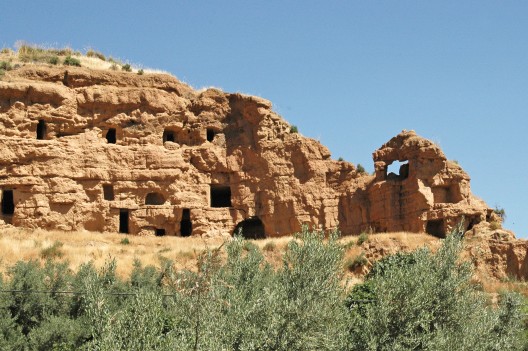Genuinely sustainable architecture
There’s no disputing the fact that the original purpose of architecture was to provide shelter. Finding a place to weather the elements, to seek protection and sanctuary from the harshness of the climate were the first steps in the long path taken by architecture. With this in mind, functionality and accessibility can be considered inherent features in housing architecture. The use of materials that are not only near-at-hand and easy to gather but that can also be quickly assembled is a matter of common sense. The seed of every piece of construction is the quest for simple ways of attaining the architecture’s ultimate goal – shelter.
This otherwise basic premise seems to have been forgotten. Conventional architecture has caused structure and surrounding to become completely separate entities – interior and exterior, construction and landscape, making the construction process more complicated, expensive and detached from its original purpose. These buildings are not meant to solve existing problems (or, more precisely, situations), but rather to pose problems with the intention of resolving them.
Before technological resources were thoroughly developed, the wisdom from previous generations, along with pure observation and experimentation were the foundations of every discipline. Though currently, popular architecture, which is often stigmatized, ismore often than not relegated to the “undeveloped” sectors of society. Construction wise, the terms ‘traditional’ or ‘popular’ architecture are readily associated with poverty, lack of resources and backwardness.
We even came up with new, ambiguous concepts – that are now in commonly used. Regarding terms such as ‘bioclimatic’, ‘sustainability’, or ‘bioarchitecture’, we could ask ourselves «what do they really mean?».

